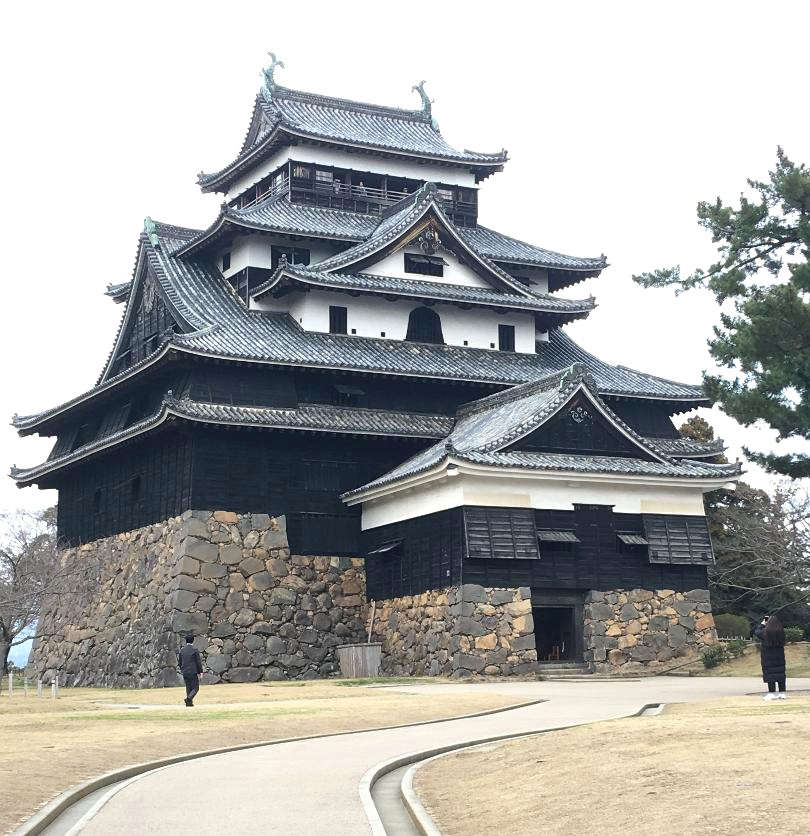
Continuing with my introduction of interesting places to visit around Japan, today we are going to Matsue, the largest city in Shimane Prefecture.
The wonderful thing about visiting Matsue is that it can be done as a day trip. Most everything cultural and historical that visitors want to see can be found around the castle, which is truly spectacular. It is said to be Japan’s second largest castle keep, and I can confirm that the view from the top of the surrounding city is magnificent (photo below).
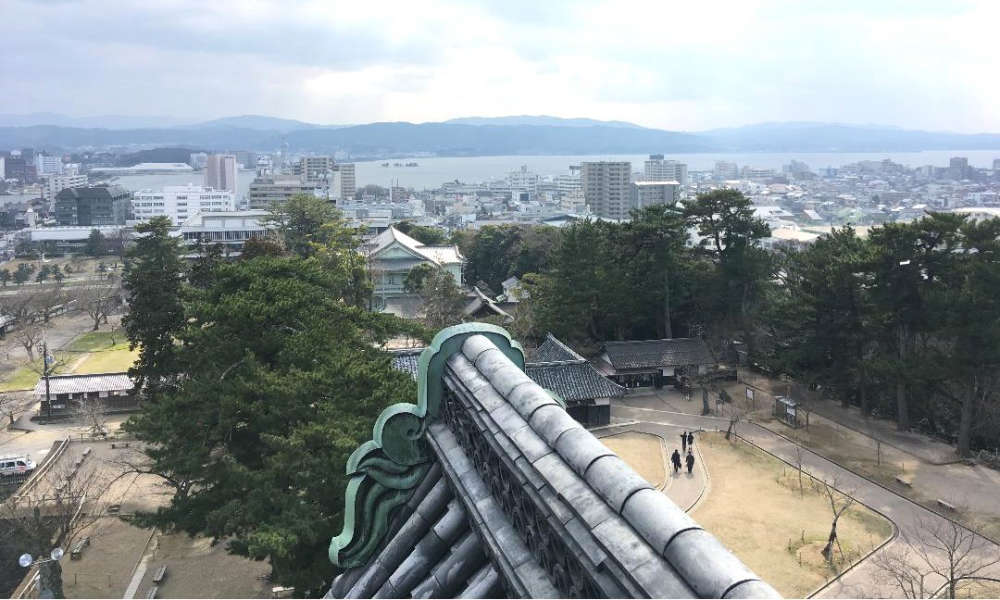
There are twelve “original” castles around Japan, meaning castles that have been preserved and not completely rebuilt with modern materials (like Osaka Castle was, for example).
Matsue Castle (main photo) is one of those original castles and was designated as a National Treasure in 2015. “The Black Castle” was completed in 1611 and thankfully survived the chaotic period in Japan when many castles were routinely demolished.
The castle’s design and architectural features, with its swooping roof lines (photo below), are often compared to that of the wings of a Chidori (plover bird). When facing the castle from the front, the roof takes on the appearance of a plover bird with its wings spread wide about to take flight.
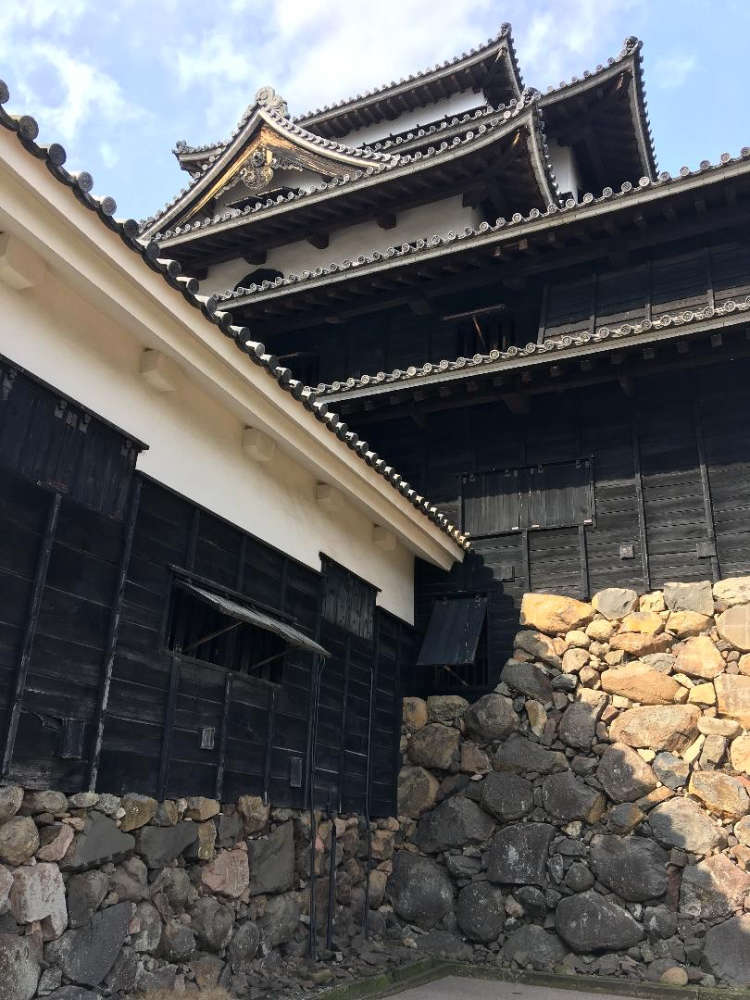
The nickname, Chidori-jo (the plover castle) also signifies good luck because it comes from the word “chiyo,” which can be translated as “1000 generations” and this suggests longevity and is considered to be very lucky.
The castle consists of six stories, but only five are visible, and inside it is a maze of rooms with smallish stairwells that allow visitors to climb to the top. Displays of historical artifacts, like samurai armor, helmets, statues, and important documents and photos can be seen throughout.
Around the castle is a well-preserved samurai district that contains many museums and historic sites in an area that is compact enough to explore on foot. One especially interesting treat for me as a verified history nerd was getting to tour the former residence of Lafcadio Hearn.
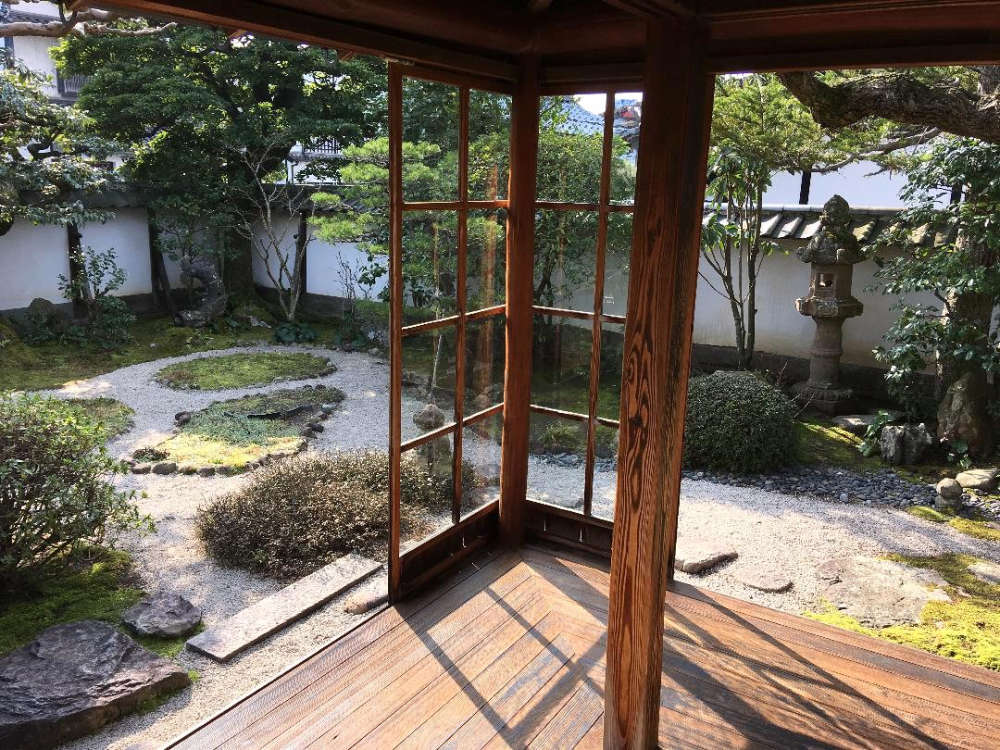
Lafcadio Hearn (1850-1904) first introduced the world to Japan during the Meiji Period through his writings. The house and gardens (photo) where he lived in Matsue are still well preserved and worth visiting.
The house’s garden is especially lovely and offers a glimpse of what Lafcadio most likely used as inspiration for his most famous works “Glimpses of Unfamiliar Japan” and “Kwaidan: Stories and Studies of Strange Things” (a book about Japanese legends and ghost stories). He became a naturalized citizen of Japan and went by the name of Yakumo Koizumi.

Lafcadio Hearn, born in Greece and raised in Ireland, was a world traveler who lived in New Orleans between 1877 and 1887 before he immigrated to Japan in 1890. He worked as an English teacher in Matsue (something I can relate to very directly) where he met Setsu Koizumi who became his wife. She was the daughter of a Samurai, and he took her name upon naturalizing as a Japanese citizen.
Since he was one of the very first Westerners to be granted Japanese citizenship, the process required special permission from the Japanese government. He spent the rest of his life in Japan, but only fifteen months in Shimane before moving to Kumamoto prefecture, passing away at the age of 54 in Tokyo. He always traveled back to Matsue, however, because he loved the city and area so much.
Another “must do” activity in Matsue is to ride the canals in a Horikawa Sightseeing Boat that requires passengers to sometimes get really low in order for the boat to pass under bridges. The entire town has a splendid canal system and offers visitors a unique and interesting view of the cityscape as you glide through the many moats and riverways around the city.
The boat operator offers some very interesting facts about the city’s 400-year-old history, and the scenery is quite nice to enjoy during the ride.
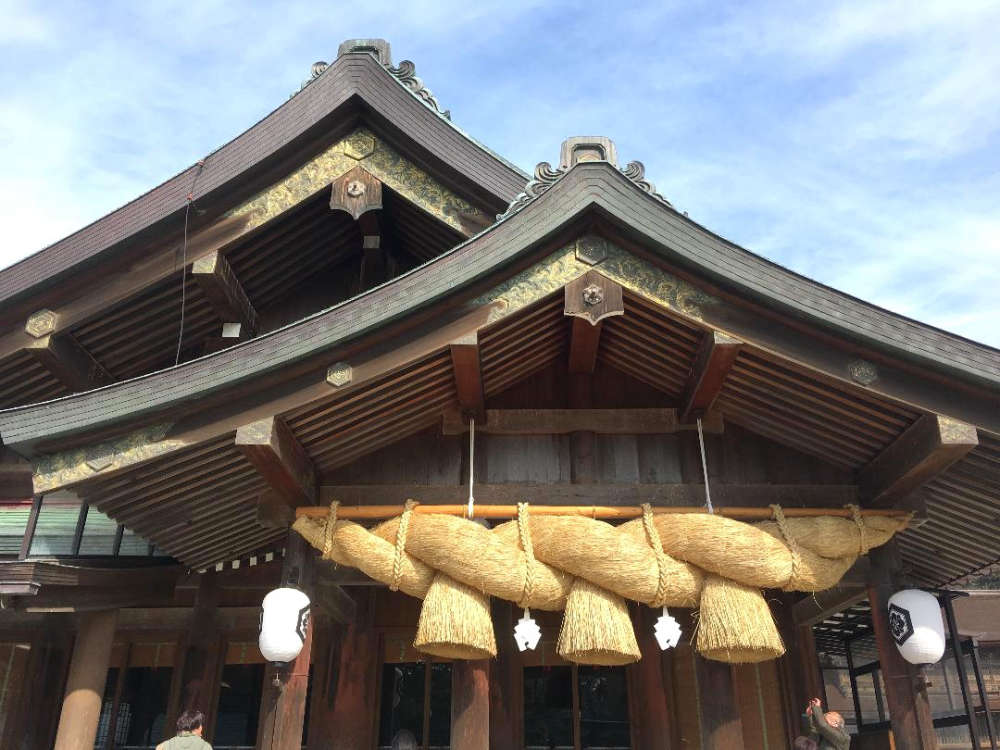
Just an hour train ride from Matsue City is the “Izumo Taisha” which boasts being one of Japan’s most historically and culturally significant shrines (photo). It is located in Izumo, Shimane Prefecture and this shrine dates back to the 700s. Even though an exact date is unknown, it is considered to be the oldest shrine in Japan.
The Izumo Taisha shrine enshrines as its main deity or kami “Okuninushi no Okami.”
This deity looms large in the creation myth of Japan as being the god that created the land of Japan. This deity is also the god of good relationships and marriage, so visitors clap their hands four times to pray when visiting instead of the traditional two times — twice for themselves and twice for their spouse or potential partner.
The approach to the shrine is especially nice because it starts at a huge torii gate that is at the end of a shopping street that is lined with all kinds of shops and places to eat. At the very end of the street stands another wooden torii gate which signifies entering the sacred grounds of the shrine complex.
There are three distinct paths that are clearly visible and visitors refrain from taking the center path because it is believed this is the path reserved for the deities to take when they have their annual meeting in November where all of the Shinto deities arrive from all over to Japan to take up residency for a short time at this shrine.
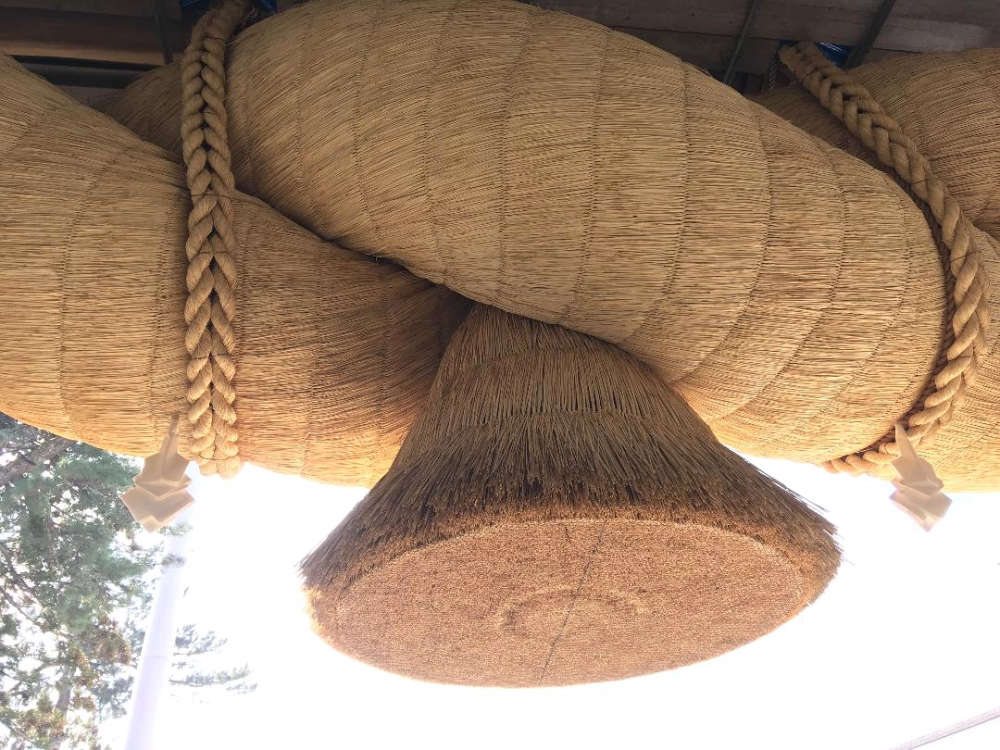
When entering the shrine area, visitors are met with a beautiful wooden structure with a huge straw shimenawa (straw rope) (photo). This sacred rope signifies the presence of a deity and is used to separate the divine space from that of us mortals or humans.
Matsue and Shimane prefecture offer visitors much in the way of culturally significant experiences. I highly recommend a visit to this lovely and charming place.


 Shelby County Public Library announces Food for Fines
Shelby County Public Library announces Food for Fines
 Construction set to begin on new Nonprofit Center
Construction set to begin on new Nonprofit Center
 Centra Credit Union receives Dora Maxwell Award
Centra Credit Union receives Dora Maxwell Award
 Indiana State Police wants everyone to stay safe this Halloween
Indiana State Police wants everyone to stay safe this Halloween
 Horseshoe Indianapolis announces 2026 racing dates
Horseshoe Indianapolis announces 2026 racing dates
 Nominations being accepted for Indiana Certified Crop Adviser (CCA) of the Year
Nominations being accepted for Indiana Certified Crop Adviser (CCA) of the Year
 BMV warns customers of new scam text messages
BMV warns customers of new scam text messages
 National FFA Convention & Expo to call Indy home through 2040
National FFA Convention & Expo to call Indy home through 2040




